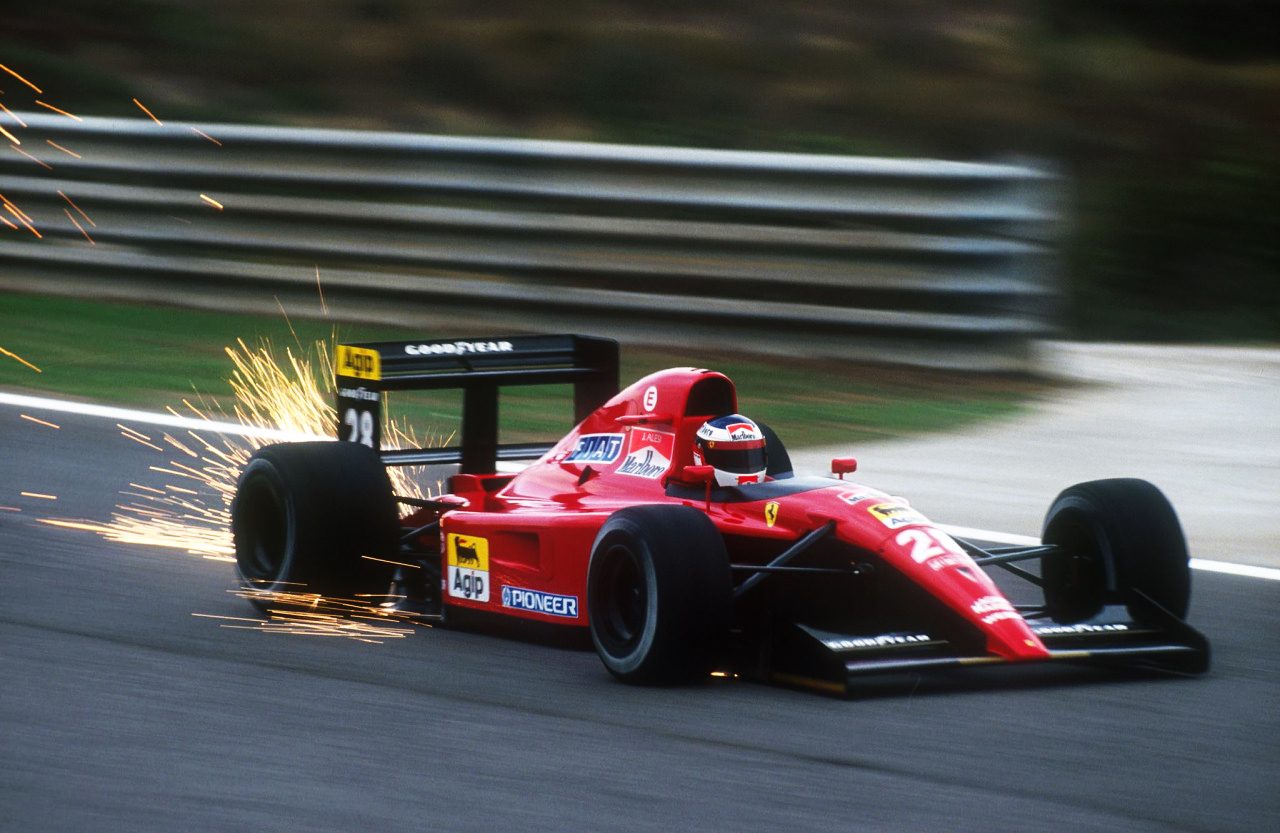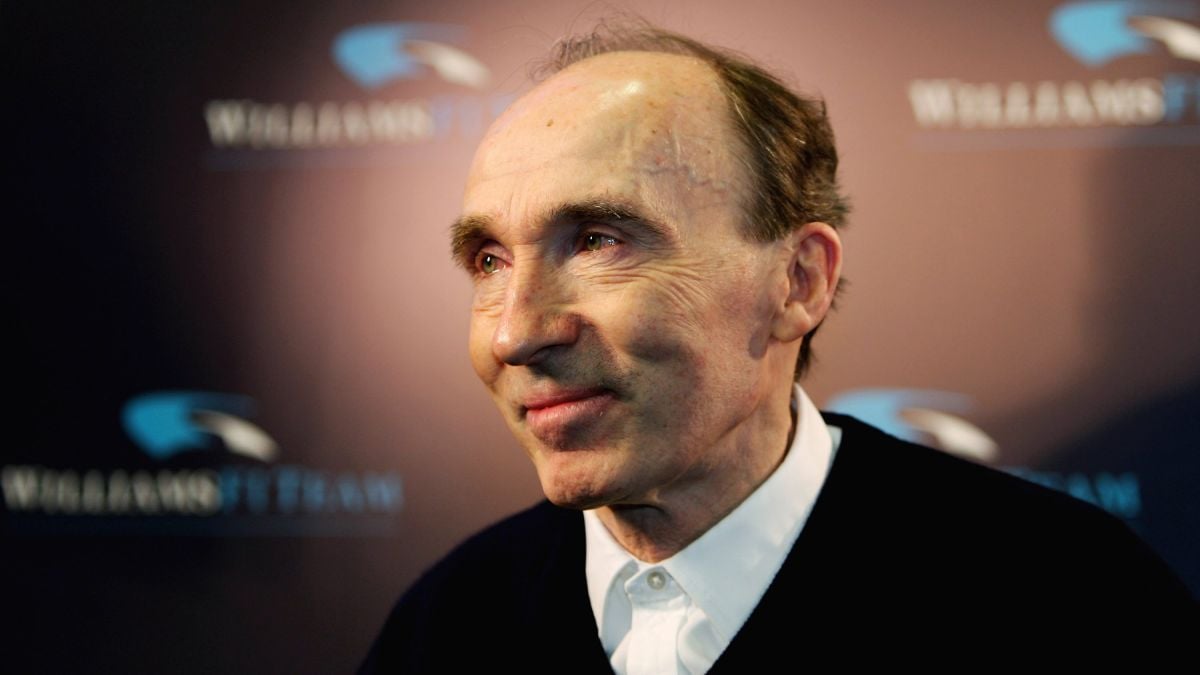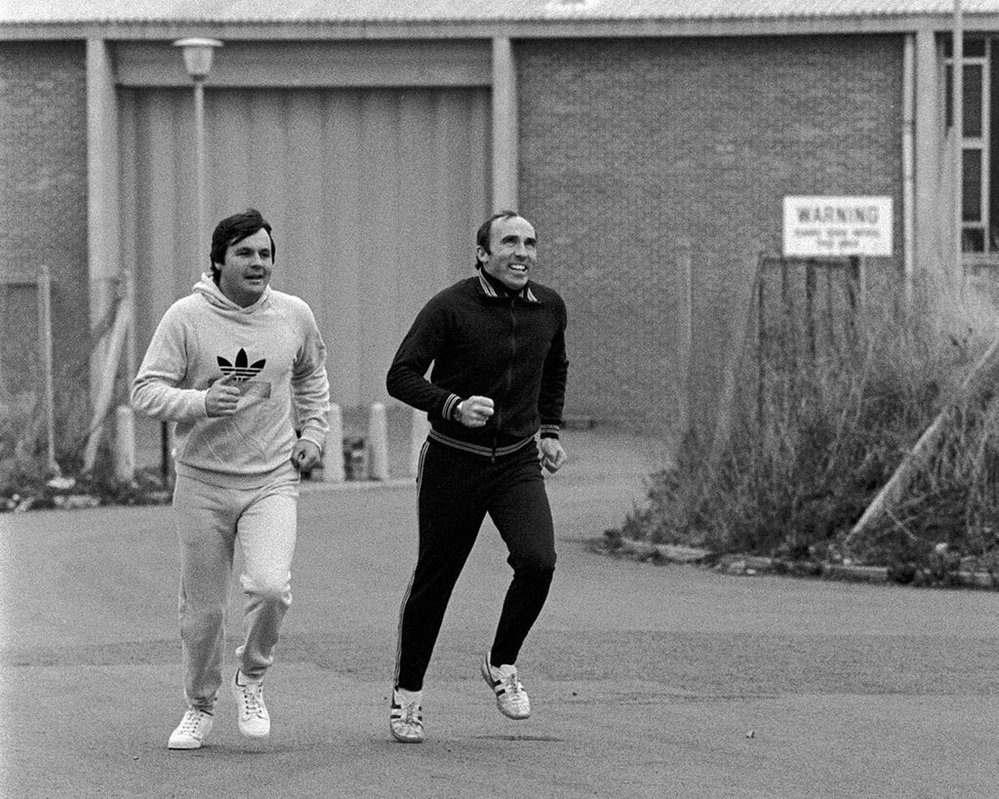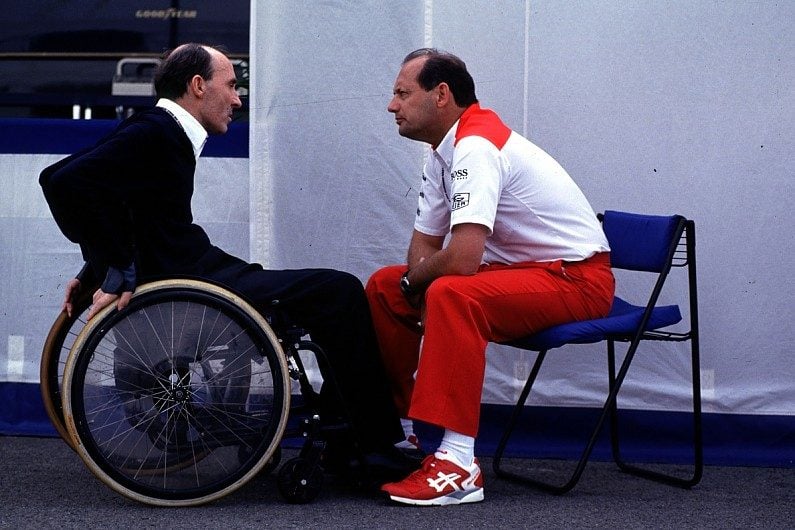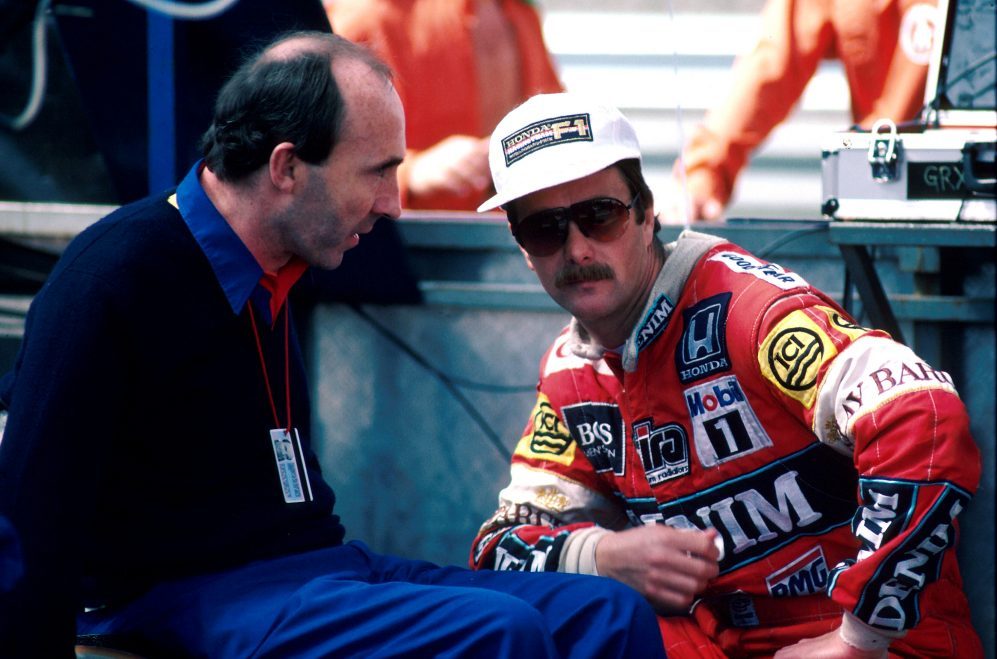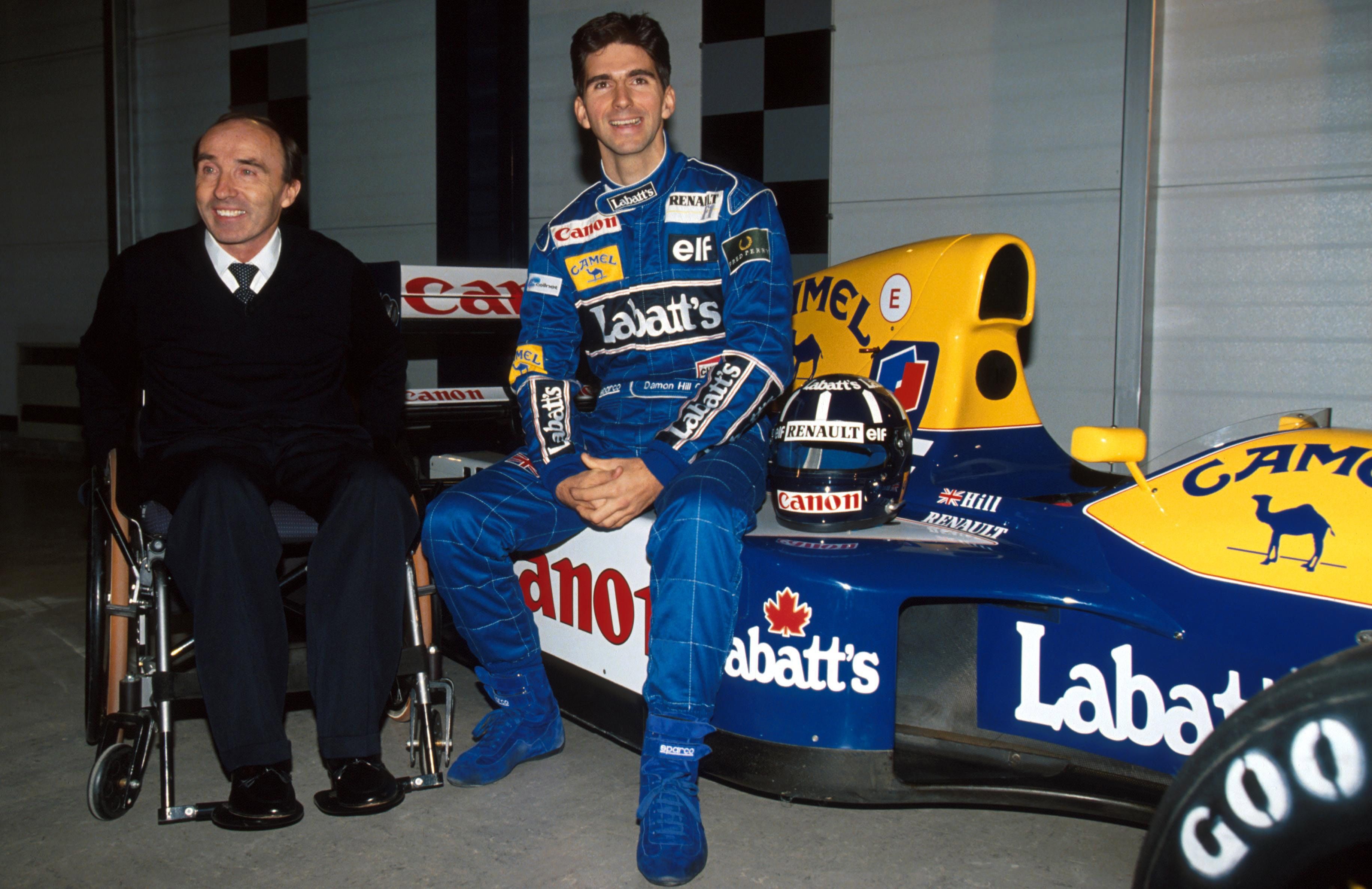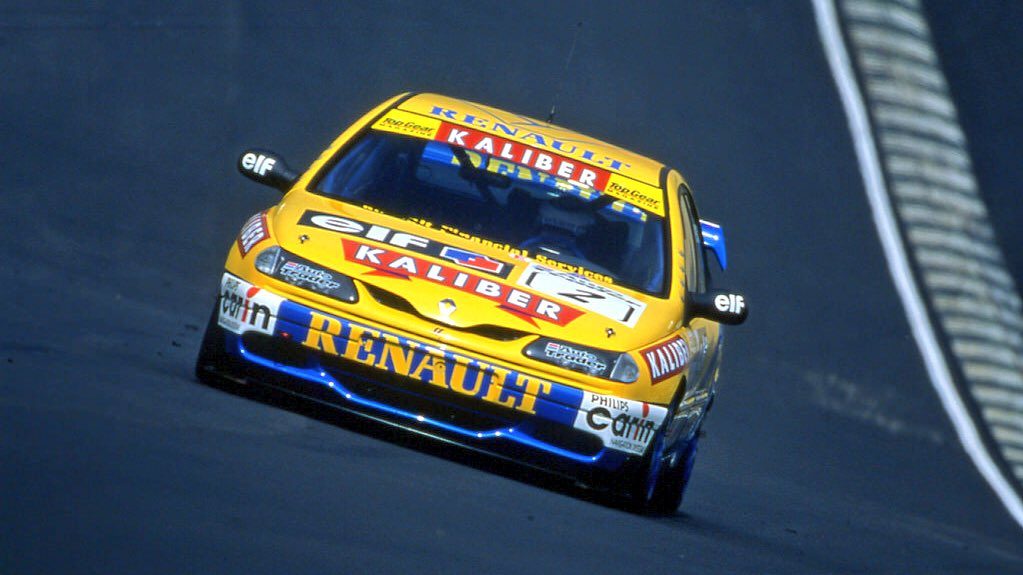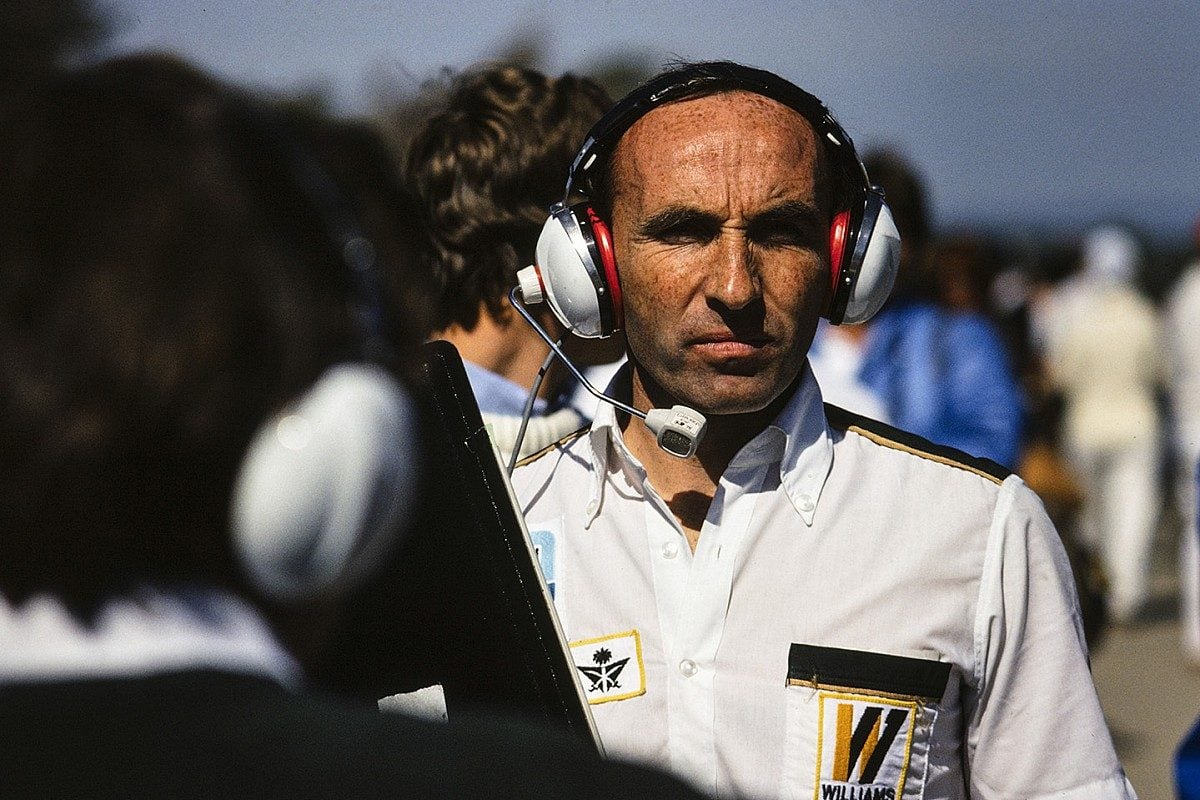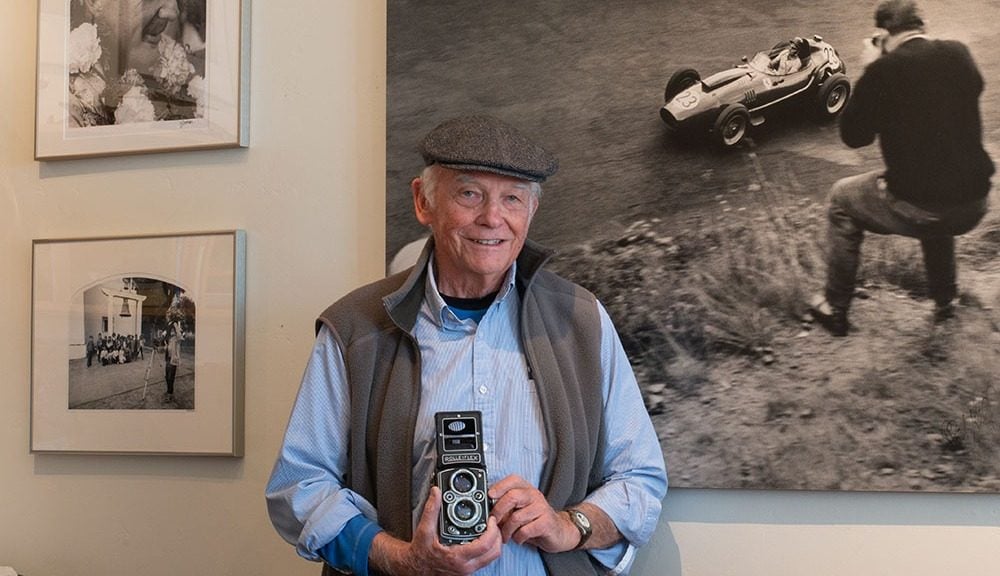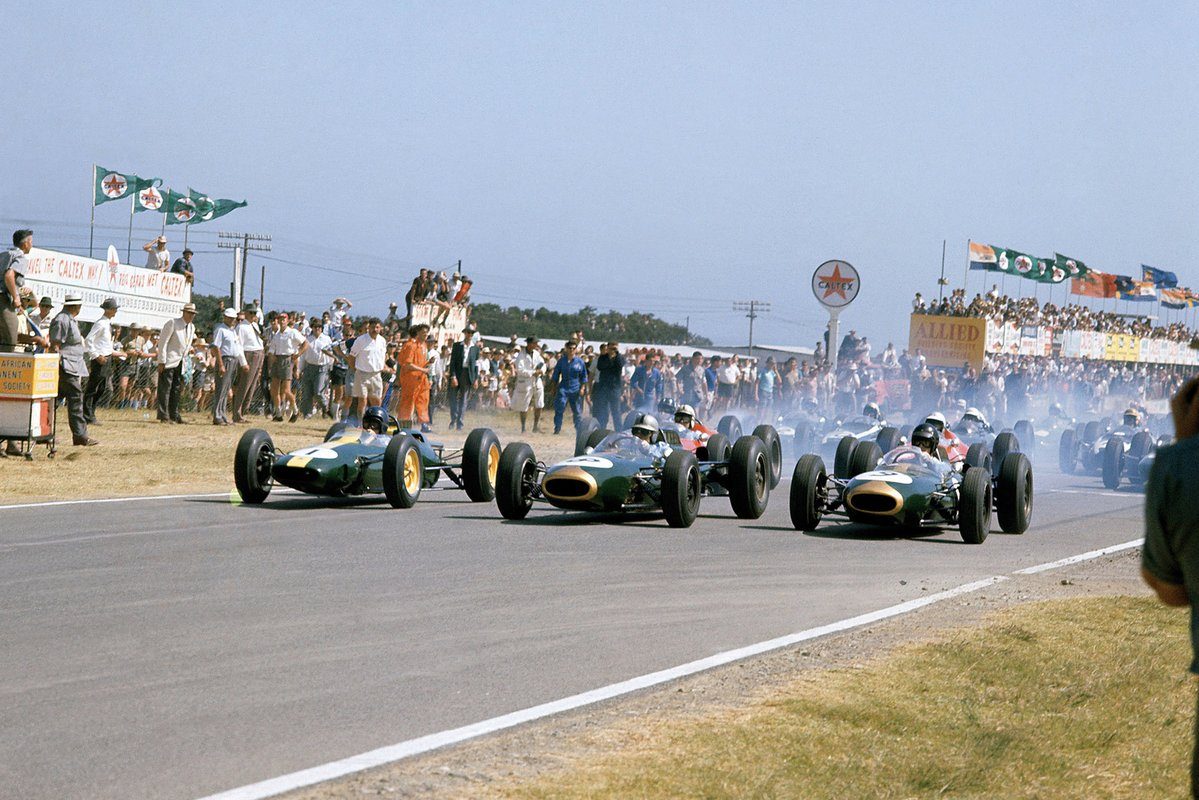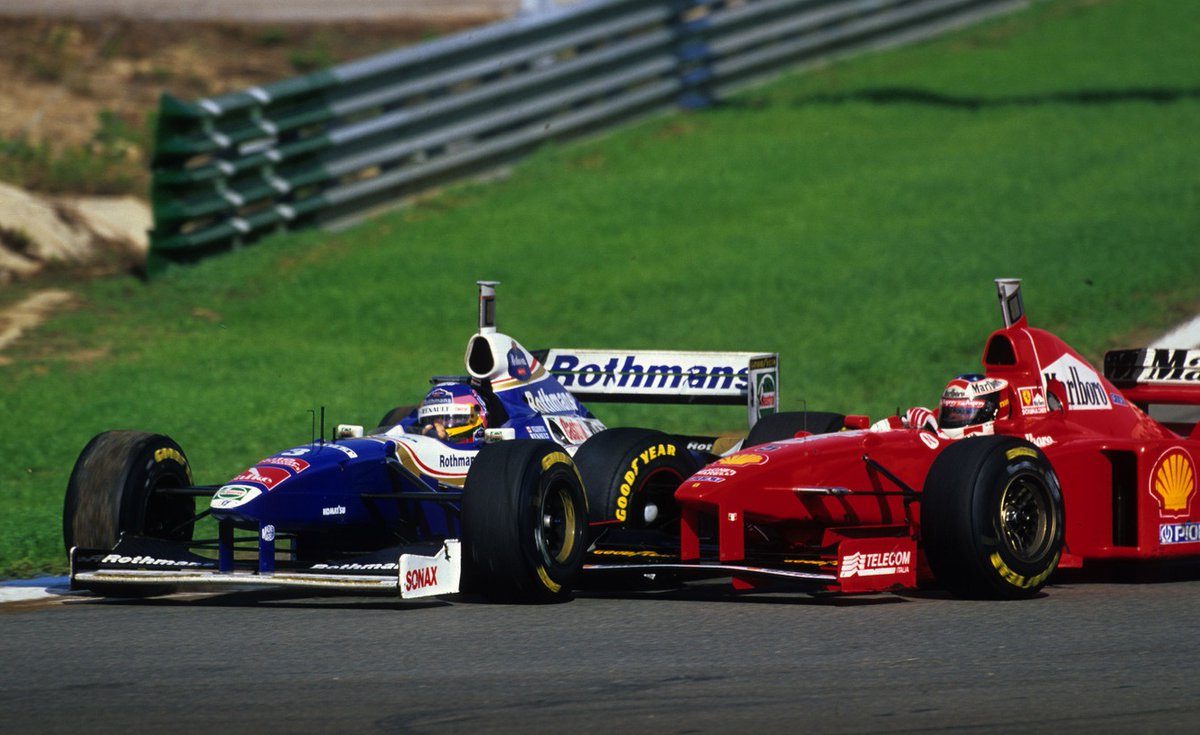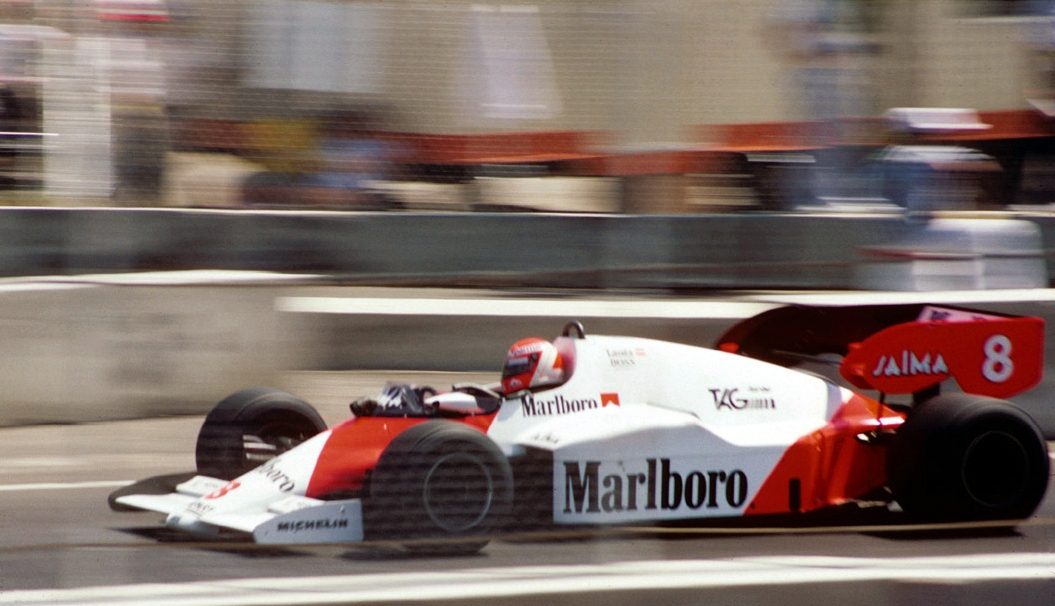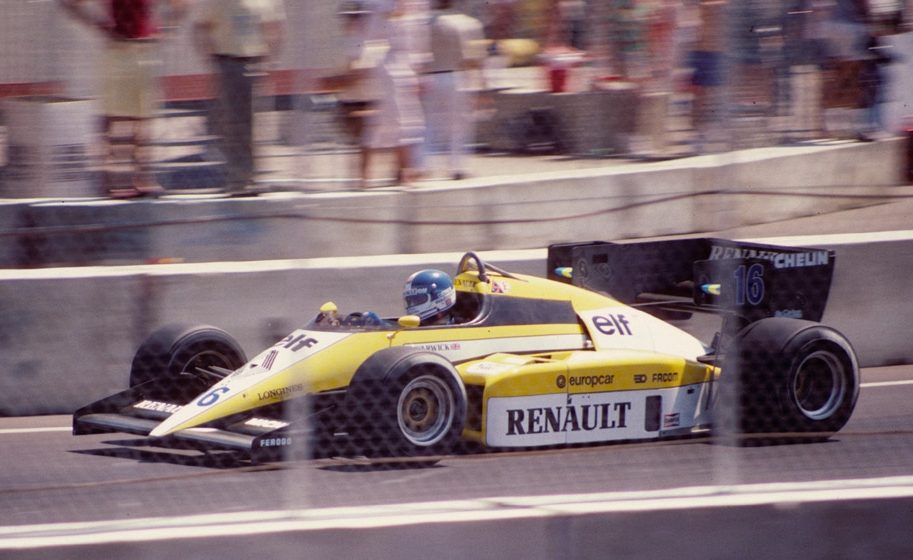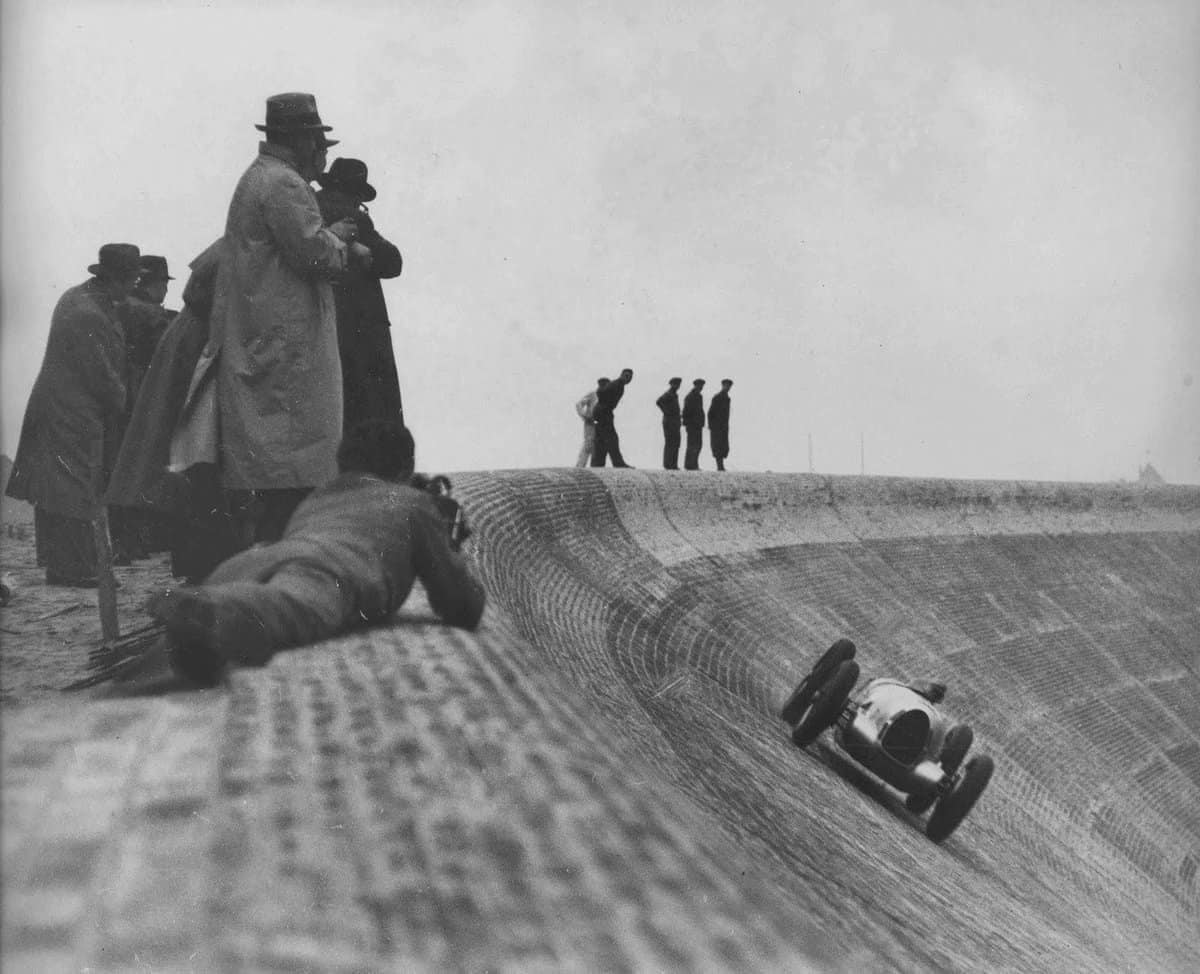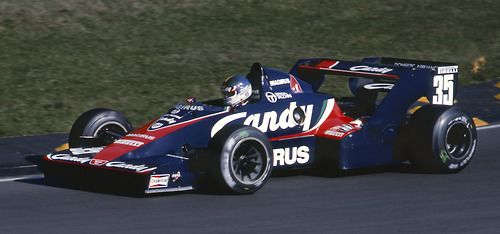My understanding is that the rear "winglets" were part of a loophole in the rules that stated that the rear wing endplates could only extend a certain distance behind the rear axle line. There may not have been any regulation for it in front of the rear axle. The design regulations specified a flat bottom throughout, so as to prevent any attempt at ground effect. Even the side mirrors were required to have a corresponding "floor" if they extended any further than the widest part of the bodywork which contained the mirrors.
But since the winglets were positioned over the rear wheels, you couldn't have the flat floor, because it would obstruct the rear wheels. That was the short-lived loophole from 1983-1984, as you don't see them in 1985. I think Toleman pioneered that trick with the TG183/183B, it appeared to have two separate rear wings. None of the other teams were trying it at the opening race of 1983.
Then they disappeared until the "X-wings" from around 1997-98, and sometimes in places on the sidepods. Not quite sure how they made a comeback in the mid-2000s, though the floors of the cars were getting a lot more complicated in design and function compared to twenty years earlier.


